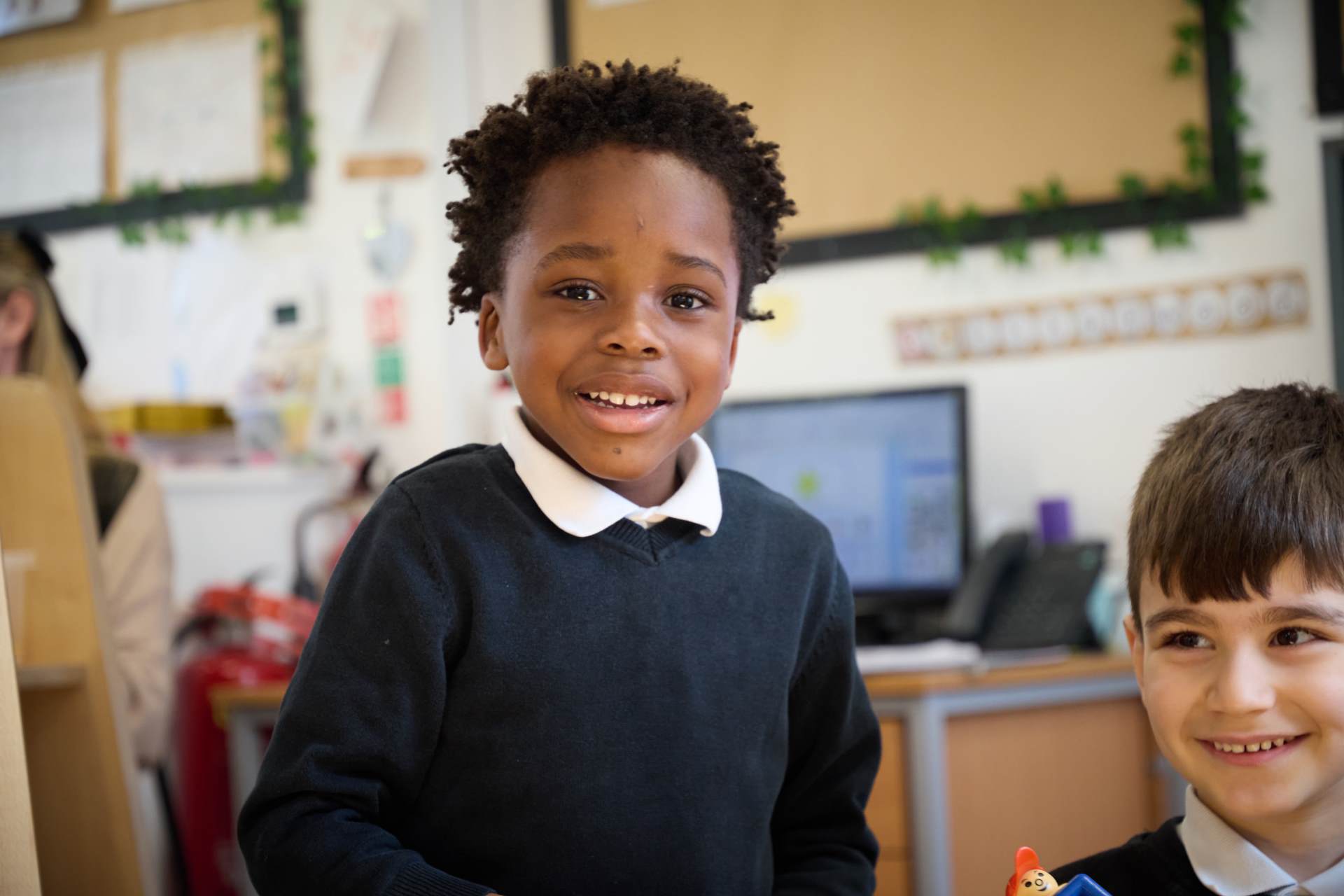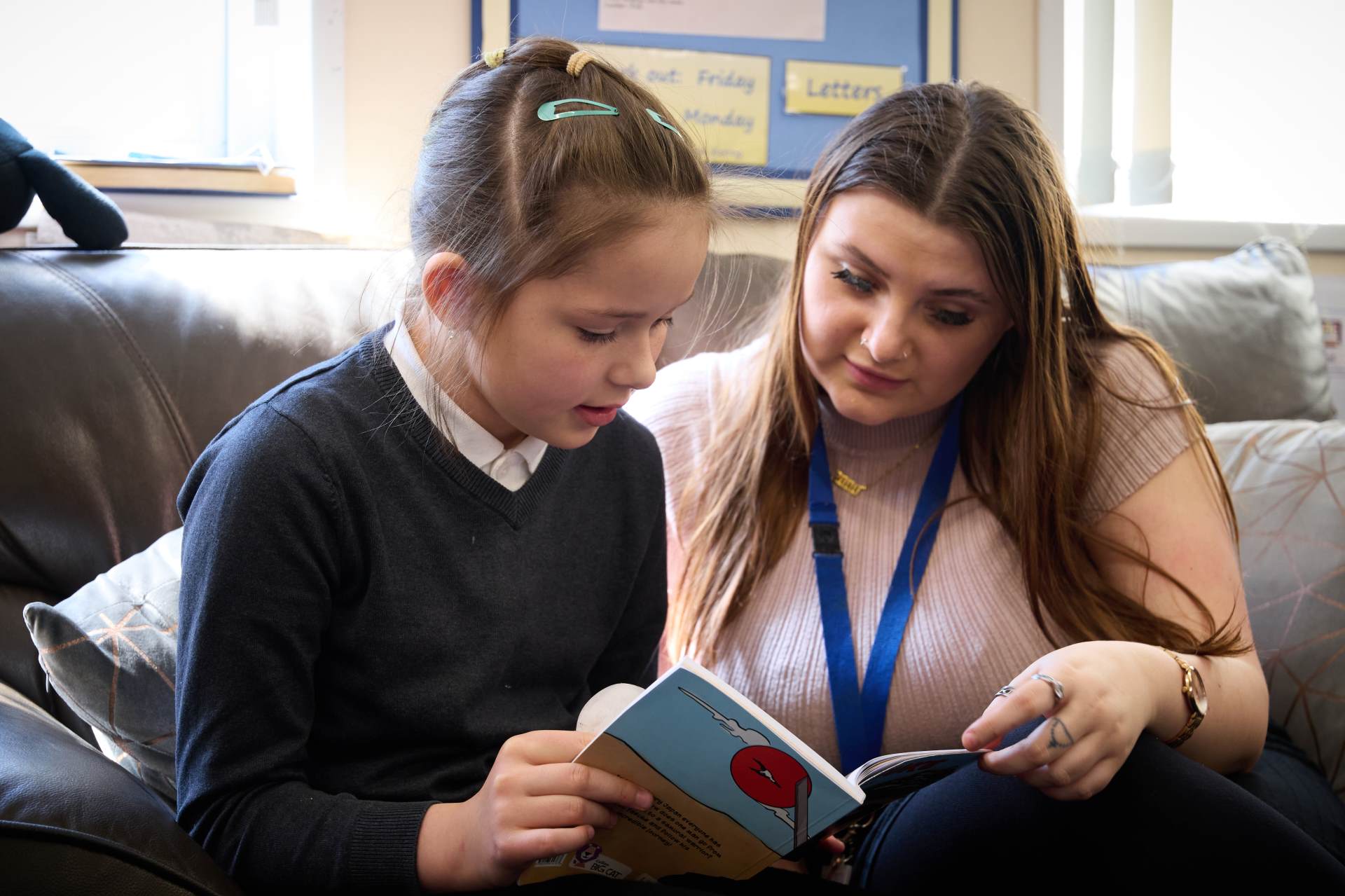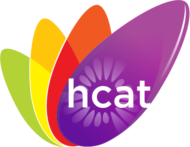Reading & Phonics

Intent
At Collingwood Primary School we believe that all our children can become fluent readers and writers. This is why we teach reading through Little Wandle Letters and Sounds Revised, which is a systematic and synthetic phonics programme. We start teaching phonics in Nursery/Reception and follow the Little Wandle phonics programme, which ensures children build on their growing knowledge of the alphabetic code, mastering phonics to read and spell as they move through school.
As a result, all our children are able to tackle any unfamiliar words as they read. At Collingwood we also model the application of the alphabetic code through phonics in shared reading and writing, both inside and outside of the phonics lesson and across the curriculum. We have a strong focus on language development for our children because we know that speaking and listening are crucial skills for reading and writing in all subjects.
Please find a link to Little Wandle:
Comprehension
At Collingwood we value reading as a crucial life skill. Our aim is that by the time children leave us, they read confidently for meaning and regularly enjoy reading for pleasure, and that our readers are equipped with the tools to tackle unfamiliar vocabulary. We encourage our children to see themselves as readers for both pleasure and purpose.
Because we believe teaching every child to read is so important, we have a Reading Leader who drives the early reading programme in our school. This person is highly skilled at teaching phonics and reading, and they monitor and support our reading team, so everyone teaches with fidelity to the Little Wandle Letters and Sounds Revised programme.
Implementation
Foundations for phonics in Nursery
-
We provide a balance of child-led and adult-led experiences for all children that meet the curriculum expectations for ‘Communication and language’ and ‘Literacy’. We ensure Nursery children are well prepared to begin learning grapheme-phoneme correspondences (GPCs) and blending in Reception.
Daily phonics lessons in Reception and Year 1
-
We teach phonics for 30 minutes a day. In Reception, we build from 10-minute lessons, with additional daily oral blending games, to the full-length lesson as quickly as possible. Each Friday, we review the week’s teaching to help children become fluent readers.
-
Children make a strong start in Reception: teaching begins no later than Week 2 of the Autumn term.
-
We follow the Little Wandle Letters and Sounds Revised expectations of progress:
Daily Keep-up lessons ensure every child learns to read
-
Any child who needs additional practice has daily Keep-up support, taught by a fully trained adult. Keep-up sessions match the structure of class teaching, and use the same procedures, resources and mantras, but in smaller steps with more repetition, so that every child secures their learning.
-
We timetable daily phonics lessons for any child in Year 2 or 3 who is not fully fluent at reading or has not passed the Phonics Screening Check. These children urgently need to catch up, so the gap between themselves and their peers does not widen. We use the Little Wandle Letters and Sounds Revised assessments to identify the gaps in their phonic knowledge and teach to these using 'Rapid Catch-up'.
-
If any child in Year 3 to 6 has gaps in their phonic knowledge when reading or writing, we plan phonics ‘catch-up’ lessons to address specific reading/writing gaps. These short, sharp lessons last 10 minutes and take place at least three times a week.
Teaching reading: Reading practice sessions three times a week
-
We teach children to read through reading practice sessions three times a week.
-
decoding
-
prosody: teaching children to read with understanding and expression
-
comprehension: teaching children to understand the text.
-
In Reception these sessions start in Week 4. Children who are not yet decoding have daily additional blending practice in small groups, so that they quickly learn to blend and can begin to read books.
-
In Year 2 and 3, we continue to teach reading in this way for any children who still need to practise reading with decodable books.
Impact
Assessment is used to monitor progress and to identify any child needing additional support as soon as they need it.
Assessment for learning is used:
-
daily within class to identify children needing Keep-up support
-
weekly in the Review lesson to assess gaps, address these immediately and secure fluency of GPCs, words and spelling
Summative assessment is used:
-
every six weeks the children are assessed using the LW assessments, this ensure that children who may need extra support can be given this as soon as possible.
-
by SLT and scrutinised through the Little Wandle Letters and Sounds Revised assessment tracker, to narrow attainment gaps between different groups of children and so that any additional support for teachers can be put into place.
How can I support my child at home with Phonics?
Please see the YouTube link below for additional guidance on how you as a parent can support your child at home.
Little Wandle Letters and Sounds

KS2 Reading
At Collingwood, our reading provision aims to develop a love for reading aquired through varied and enriching exposure to wide ranging texts, enabling pupils to broaden their knowledge of the world around them. We understand that reading is a fundemental skill that has an impact on all aspects of modern life. Therefore, it is an integral part of our whole curriculum.
How do we teach reading?
All reading lessons in KS2 follow a daily whole class approach, with work differentiated for less confident readers, and additional sessions for children who cannot decode.
The purpose of a whole class reading approach is to teach the skill involved in being a good reader in the best way possible for the children of that age group. It allows the teacher to focus on one key content domain in-depth, and better prepare the children for the expectation of written responses at the end of KS2. The longer, whole class session allows the teacher a greater amount of time to teach focused skills across a range of contexts and question styles. This model allows all children to participate in high quality discussions and access higher level texts and language.
Through the curriculum and our practice, we develop a culture of reading by using texts which:
- demonstrate aspirational language and grammatical structure;
- inspire and enthuse children;
- have themes that help our children to develop and promote the school’s values;
- support the children’s’ personal, social, spiritual and emotional needs;
- allow children to build on their skills independently.
We also aim to promote reading for pleasure as this itself plays a major role within reading development. We are aware that promoting reading in this way can also provide our pupils with a creative outlet and an alternative to the digital distractions that can affect their personal well-being.
For any other information regarding reading and phonics please contact Mrs Insole and Mrs Day our literacy leaders.



